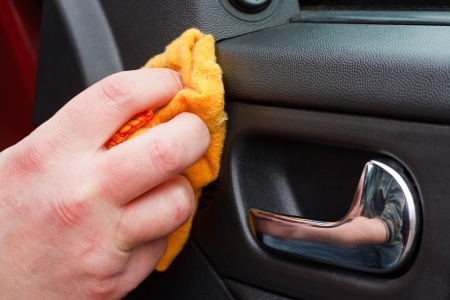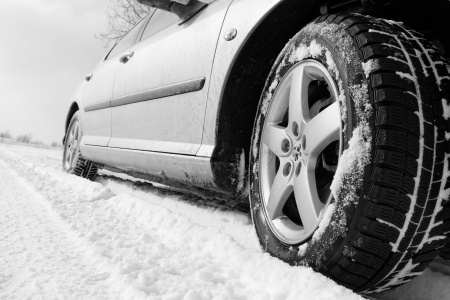Taking a test can be stressful, especially your driving test. It’s important to remember that you are not alone in this situation—most new drivers experience some level of anxiety before taking their driving exam. With the right preparation, your driving test can be a simple and rewarding experience. Here are some tips and tricks for overcoming your anxiety before a deriving exam from the experienced instructors at Ambitious Drivers.
Think of It as Going for a Drive, Not a Test
You may have negative associations with the words “test” or “exam” that can trigger your nerves. Rather than thinking about it as a test, think about it as going for a drive. Your driving instructor wouldn’t let you sign up for your exam if they didn’t have confidence in your driving ability. If you’re nervous about the big day, just imagine you’re going for a practice drive to take some of the pressure off.
Prepare Beforehand
Of course, you should have some degree of experience behind the wheel before taking your driving test. A certified driving instructor won’t let you take the test until they think you’re ready, so you can rest assured that you’ll be prepared for the big day.
There are some ways you can prepare for your driving test to make sure you’re in the best state possible to go for a drive. This preparation include getting a good night’s sleep the night before so you can be as alert as possible. Book your test at a time that works best for you—if you’re a morning person, try to book your test earlier in the day. Don’t book any other plans for a few hours before and after your test to avoid rushing. By strategically planning your driving test, you can reduce your nerves so you can perform to do the best of your abilities.
Before you book your driving test, you have to get as comfortable as possible behind the wheel. Learn and develop the skills you need to be a safe and confident driver with in-depth courses from Ambitious Drivers. For more information about our driving courses and to register now, contact us today at Ambitious Drivers.

















